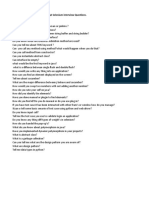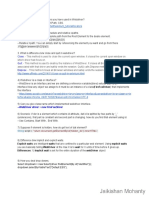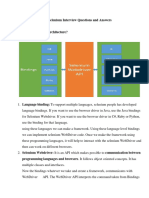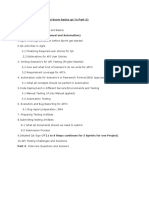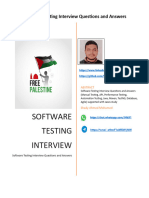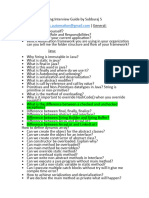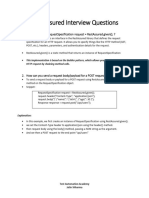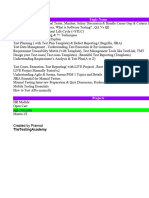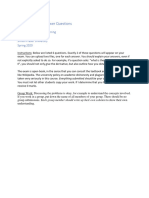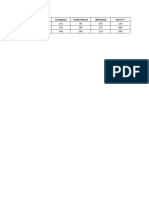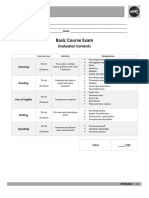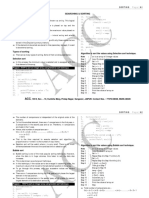0% found this document useful (0 votes)
13 views7 pagesQC Interview Questions
The document provides a comprehensive overview of various database, API testing, and automation interview questions and answers. It covers topics such as DDL vs DML, SQL joins, HTTP methods, status codes, and Selenium wait types. Additionally, it discusses automation frameworks, assertions, and element selectors in Selenium WebDriver.
Uploaded by
omar97alaa.qaCopyright
© © All Rights Reserved
We take content rights seriously. If you suspect this is your content, claim it here.
Available Formats
Download as DOCX, PDF, TXT or read online on Scribd
0% found this document useful (0 votes)
13 views7 pagesQC Interview Questions
The document provides a comprehensive overview of various database, API testing, and automation interview questions and answers. It covers topics such as DDL vs DML, SQL joins, HTTP methods, status codes, and Selenium wait types. Additionally, it discusses automation frameworks, assertions, and element selectors in Selenium WebDriver.
Uploaded by
omar97alaa.qaCopyright
© © All Rights Reserved
We take content rights seriously. If you suspect this is your content, claim it here.
Available Formats
Download as DOCX, PDF, TXT or read online on Scribd
/ 7




